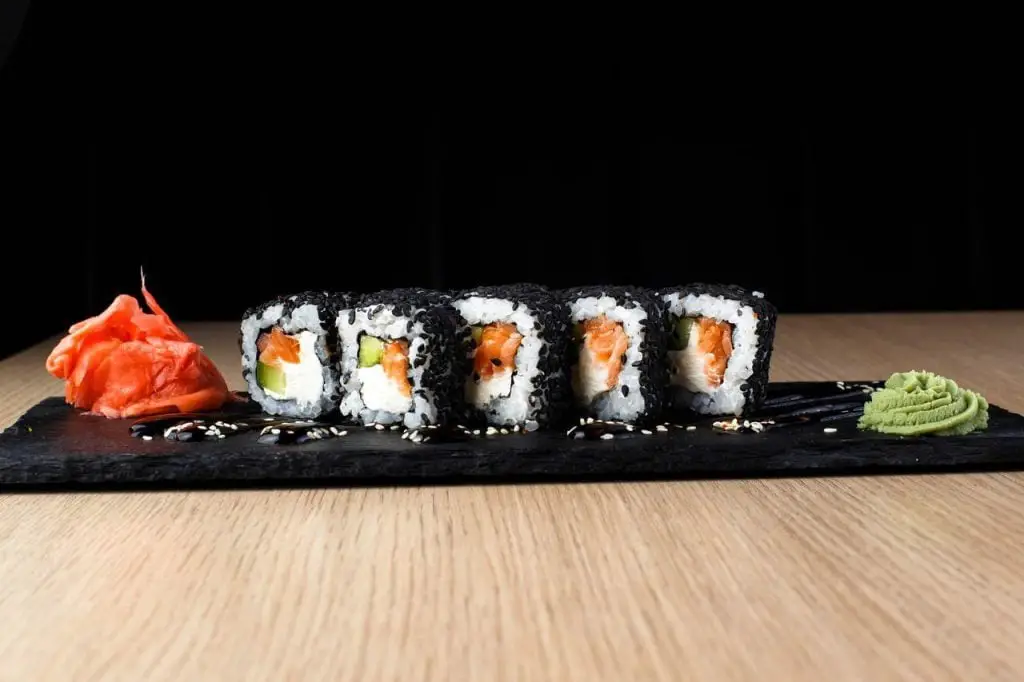Rice is one of the earliest grains that man has discovered, and it has consistently played an essential part in history. The rice plant originates from one or two domesticated wild species of Asian rice: Oryza sativa japonica and Oryza sativa subspecies indica. Rice was first discovered in the Yangtze River valley of China about 10,000 years ago. Today, China produces more rice than any other country in the world.
Rice has been an essential grain for farmers in Asia and other regions since prehistoric times.
Rice has been an essential grain for farmers in Asia and other regions since prehistoric times. Rice was first discovered in the Yangtze River valley of China about 10,000 years ago. Since then, rice has been grown in many parts of the world, including Africa, North America and Europe.
Rice is a grain produced by the paddy rice farming process, which includes flooding fields with water. Rice is often referred to as a staple food because it is so widely consumed in many cultures worldwide.
Most people eat rice at least once a day, and many consume it as their primary source of carbohydrates. Rice is also an essential ingredient in many traditional dishes. Because of its great demand and availability, it is one of the commodities that is exchanged the most often all over the world.
It’s grown worldwide since prehistoric times.
Rice has been grown in many parts of the world since ancient times. It is considered an essential grain crop by those who cultivate it since more than half of the world’s population relies on it as a primary source of nutrition. Rice is so important that some scientists believe humans evolved their smaller jaws and teeth as a response to eating this starchy food!
Rice is a versatile food served as a side dish, made into porridge or gruel, ground into flour and used in desserts. In Asia, it’s often served as an entree with meat or vegetables. As a result of its high carbohydrate content and low-fat content, it is an excellent energy source for athletes who require short bursts of power while competing on the pitch or court. Additionally, rice is an outstanding provider of the nutrients protein, iron, and vitamin B. It contains a small amount of fat, salt, and cholesterol.
The rice plant originates from one or two domesticated wild species of Asian rice: Oryza sativa japonica and Oryza sativa subspecies indica.
The rice plant originates from one or two domesticated wild species of Asian rice: Oryza sativa japonica and Oryza sativa subspecies indica. Rice has been cultivated for at least 12,000 years; it was an essential food for ancient China and India, as well as central Africa and tropical South America. The word “rice” derives from Old English rise (also spelt rise), borrowed from West Germanic *hraizôn-, probably via Latin horizon.
The earliest archaeological evidence for the use of wild rice in China comes from cuneiform seeds found at Chengtoushan near Wuxi citation needed, dated to between 12000 and 11000 BC. Further archaeological evidence of its use was discovered at Hemudu by archaeologists associated with University College London, who excavated a site dating back some 7000 years.
Rice was first discovered in the Yangtze River valley of China about 10,000 years ago.
Rice was first discovered in the Yangtze River valley of China about 10,000 years ago. Rice has been cultivated since 5000 BCE and is a primary sustenance for more than half of the global population. The domestication of rice occurred relatively recently in human history compared with other crops such as wheat and maize (corn).
Rice is an essential human food, second only to wheat worldwide. It is one of the top sources of nutrition for humans because it provides more calories per unit weight compared with other primary staple foods such as potatoes or corn (maize). Rice is also a common animal food source, particularly in rural areas where cereal grains are unavailable.
Today, China produces more rice than any other country in the world.
Today, China produces more rice than any other country in the world. It’s the world’s largest producer and exporter of rice, accounting for over half of global production and more than 50 per cent of exports. China exports more than half of its total rice production each year–a staggering amount compared to other countries exports (see chart below).
The country also has an incredible amount of rice-growing land: over 1 million hectares. That’s more than any other country, accounting for almost two-thirds of global rice production.
China is the world’s largest producer of rice. It’s the world’s largest producer and exporter of rice, accounting for over half of global production and more than 50 per cent of exports.
Rice, one of the earliest grains cultivated by humans, has been instrumental in shaping our civilization.
Rice is one of the earliest crops cultivated by humans and has been an important staple ever since. Rice was first discovered in the Yangtze River valley of China about 10,000 years ago. It was grown by farmers who lived along this river, but until much later, rice became a staple food for many people worldwide.
During his second journey to the New World in 1493, Christopher Columbus brought rice to the Americas for the first time. The Spanish were the first Europeans to grow rice in South America, but they quickly realized it wouldn’t grow well there.
They soon began to grow it in their colonies in the Caribbean. The Portuguese also grew rice in their territories, including Brazil and Angola.
The history of rice is rich and fascinating. The origins of this popular grain have yet to be discovered, but scientists believe it was domesticated in China around 10,000 years ago. Since then, it has spread throughout Asia and become an important food source for thousands of people worldwide.
The Spanish brought rice back to Europe, becoming a popular food. Rice was grown in southern Italy and Spain, with the first Italian rice farm being established in 1726.



